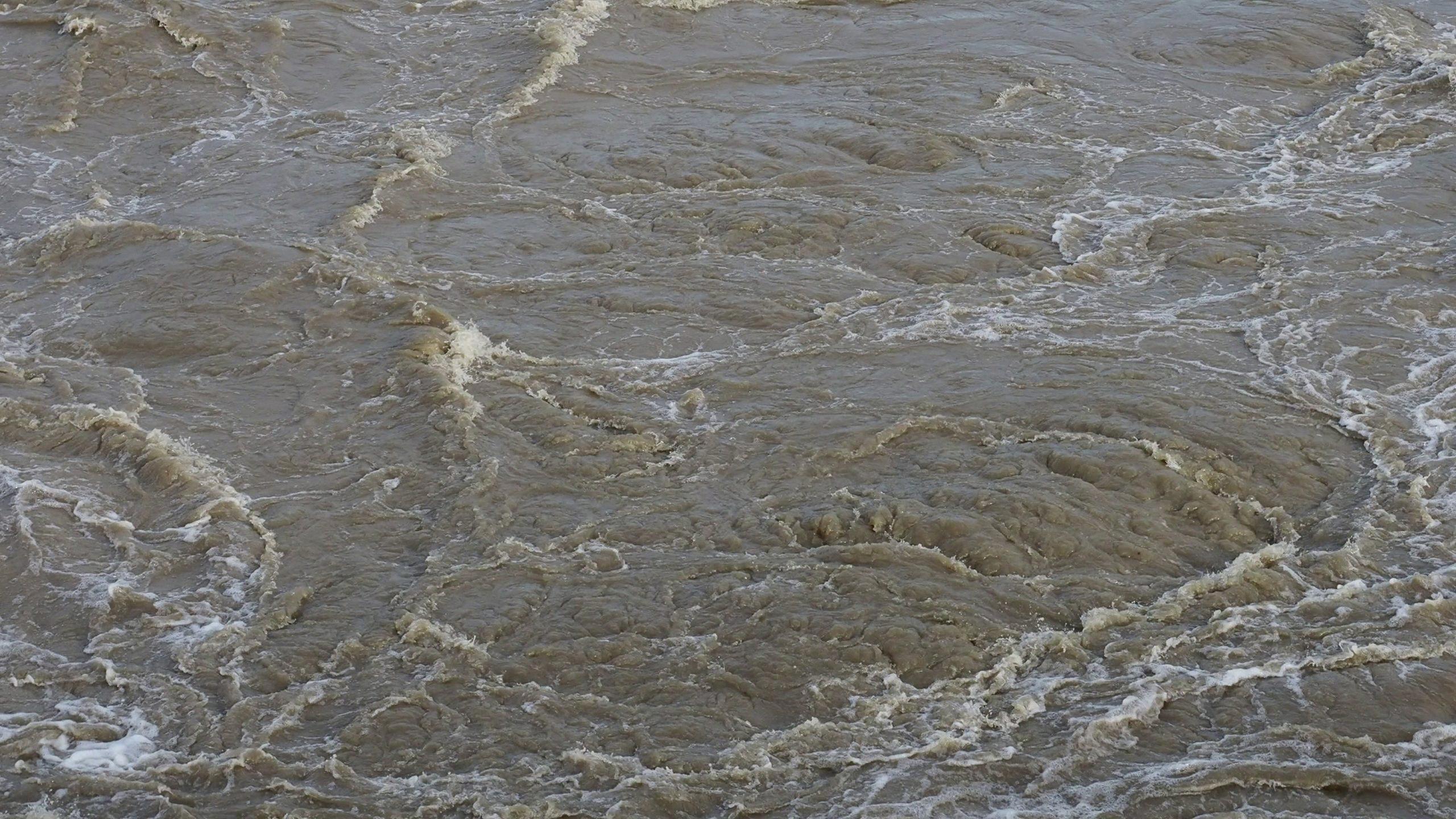Slack tide, also known as slack current or slack water, refers to a period in the tide cycle where there is minimal or no current. It occurs roughly halfway between the maximum flood and ebb currents and typically lasts for about 15 to 45 minutes. During this time, there is a significant decrease in the strength of the currents, creating a tranquil environment in and around estuaries.
One notable aspect of slack water is its impact on bird life. As the currents subside, the avian activity in and around estuaries tends to quiet down. This phenomenon is believed to be linked to the availability of food sources, as the diminished currents may affect the movement and accessibility of prey for birds.
The occurrence of slack tide is closely tied to the turning point of the tide cycle. When the tide changes direction, the current ceases and subsequently reverses its flow. This momentary pause in the current’s movement is what defines slack tide. Depending on the tide’s height, it can be referred to as either a high slack or a low slack.
In many locations, the slack tide typically takes place approximately one hour before or after the high or low tide. During this time, the water may appear almost motionless, with minimal movement and little to no perceptible current. However, it is important to note that these timings can vary based on local conditions and geographical factors, so it is always crucial to check specific information for the desired area.
The significance of understanding slack tide lies in its relevance to various activities, particularly those involving water navigation and recreational pursuits. Boaters, sailors, and fishermen often take into account the slack tide when planning their trips. The absence of strong currents during this period can make it easier to navigate through estuaries, harbors, and other waterways. Additionally, anglers may find that fishing during slack tide can be advantageous, as the reduced current allows for more precise and controlled bait presentation.
While slack tide offers a temporary respite from strong currents, it is important to remember that tidal patterns and their associated currents are dynamic and ever-changing. Therefore, it is crucial to stay informed about local conditions and consult tide charts or reliable sources to ensure safety and maximize enjoyment during water-based activities.
Slack tide is a period of minimal or no current that occurs roughly halfway between maximum flood and ebb currents. It lasts for a short duration and can be observed before or after the high or low tide. Understanding the concept of slack tide is essential for individuals engaged in activities such as boating, fishing, or any water-based pursuits, as it can significantly impact navigation and overall experience.
What Is Considered Slack Tide?
Slack tide, also known as slack water or slack current, refers to the period of time during the tidal cycle when the water is relatively calm and the current is at its weakest. It occurs between the flood and ebb currents, which are the strongest currents that occur before or near the high and low tides.
During slack tide, the movement of the water is minimal, and the current is almost stagnant. This period is characterized by a decrease in the speed and intensity of the tidal flow. The water may appear still, with little to no noticeable movement.
Slack tide is a temporary phase that occurs twice a day, typically lasting for about an hour or so. It is a transitional period between the incoming flood tide and the outgoing ebb tide. The exact duration of slack tide can vary depending on the location and the specific tidal patterns of the area.
During slack tide, the water is generally safe for activities such as boating, swimming, or fishing, as the lack of strong currents reduces the risk of being carried away. However, it is important to note that even during slack tide, some residual currents may still exist, especially in areas with complex tidal patterns or narrow channels.
Slack tide is the period of calm and minimal current between the flood and ebb currents during the tidal cycle. It is a temporary phase that occurs twice a day and provides a relatively safe window for certain water-related activities.

How Long Does Slack Tide Last?
Slack tide, also known as slack water, is the period in the tidal cycle when there is minimal or no current. It typically occurs around the midpoint between maximum ebb (outgoing tide) and maximum flood (incoming tide). The duration of slack tide can vary but generally lasts for approximately 15 to 45 minutes.
During this period, the water movement slows down and reaches a state of equilibrium. The opposing tidal forces exerted by the moon and sun balance each other out, resulting in a temporary pause in the tidal current. This calm phase is referred to as slack tide.
It is important to note that the duration of slack tide can be influenced by various factors, such as the specific location, local geography, and the magnitude of the tidal range. In areas with larger tidal ranges, the slack tide may last longer, while in regions with smaller tidal ranges, it may be relatively shorter.
To summarize, the duration of slack tide typically ranges from 15 to 45 minutes, occurring approximately halfway between maximum ebb and maximum flood. However, it is essential to consider the specific conditions of each location to determine the exact duration of slack tide.
What Is Slack Tide And Why Is It Important?
Slack tide, also known as slack current, refers to the moment during the tidal cycle when the direction of the tide changes and the current comes to a temporary halt. It is an important phenomenon in the study of tides and currents, particularly for those involved in marine navigation, boating, fishing, and other water activities.
Here are the key points explaining the significance of slack tide:
1. Transition period: Slack tide marks the transition between the incoming and outgoing tides. It is the point where the water movement shifts from one direction to the opposite, creating a brief period of calmness in the water. This transition is caused by the gravitational forces exerted by the moon and the sun on Earth’s oceans.
2. Safe navigation: For boaters and sailors, slack tide is a crucial time to navigate safely, especially in areas with strong tidal currents. During slack tide, the water is relatively still, with minimal or no current, making it easier to maneuver vessels without being affected by the force of the tide. It allows boats to pass through narrow channels, estuaries, or bridges when the water is calm and stable.
3. Fishing advantage: Slack tide is often considered an ideal time for fishing. When the current is slack, fish tend to become less active and seek shelter or rest, making them easier to locate and catch. Anglers take advantage of this lull in water movement to position their baits and lures effectively and increase their chances of a successful catch.
4. Diving and snorkeling: Divers and snorkelers also benefit from slack tide. It provides a period of reduced water movement, allowing for better visibility and a more enjoyable experience underwater. During slack tide, the risk of being swept away by strong currents is minimized, making it safer to explore marine environments.
5. Planning activities: Understanding the timing and duration of slack tide is essential for planning various water-related activities. Whether it’s scheduling a boat trip, determining the best fishing times, or organizing diving expeditions, knowing when slack tide occurs can help optimize the experience and ensure safety.
To summarize, slack tide is the moment during the tidal cycle when the current comes to a temporary halt and changes direction. It is important for navigation safety, fishing success, and recreational water activities. By recognizing and utilizing slack tide, individuals can optimize their time on the water and minimize risks associated with strong tidal currents.
Is Slack Tide The Same As Low Tide?
Slack tide is not the same as low tide. While low tide refers to the point in the tidal cycle when the water level is at its lowest, slack tide refers to the period of time when there is little to no movement in the water. During slack tide, the water appears still and the current is minimal.
Here are some key differences between slack tide and low tide:
1. Definition: Low tide refers to the lowest point of the tidal cycle when the water level is at its minimum. Slack tide, on the other hand, refers to the period when the water is relatively calm and there is little or no movement.
2. Water movement: During low tide, the water level recedes, exposing more of the shoreline and seabed. This can result in stronger currents and the movement of water as it flows in and out. However, during slack tide, the water appears still and the current is minimal or nonexistent.
3. Timing: Low tide occurs twice a day, roughly every 12 hours, as the result of the gravitational forces of the moon and the sun. Slack tide can occur at any time, usually about an hour before or after high or low tide. The timing and duration of slack tide can vary depending on the location and other factors.
4. Activities: Low tide can provide opportunities for activities such as beachcombing, exploring tide pools, or walking on exposed sandbars. Slack tide, on the other hand, may not be as ideal for these activities as there is little movement in the water and less chance of discovering marine life or uncovering hidden treasures.
It’s important to note that the timing and duration of slack tide can vary depending on the location and other factors such as weather conditions and the shape of the coastline. Therefore, it’s always recommended to check local conditions and consult tide charts or local authorities for accurate information on slack tide and low tide in a specific area.

Conclusion
Slack tide, also known as slack water or slack current, refers to the period in the tide cycle when there is little to no current. It occurs approximately halfway between the maximum ebb and maximum flood tides and can last for 15 to 45 minutes. During this time, the tide turns and changes direction, and the current ceases and also changes direction. Slack tide is characterized by a lack of movement in the water, and in some places, the water barely moves at all. However, the timing and duration of slack tide can vary depending on local conditions, so it is important to always check the specific conditions in your area. It is worth noting that during slack tide, bird life in and around estuaries tends to become quiet. understanding and being aware of slack tide is crucial for those navigating or engaging in activities in coastal areas, as it can significantly impact the strength and direction of currents.
